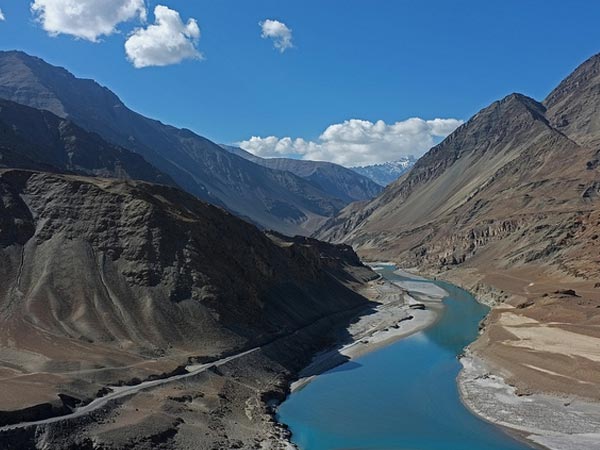
Situated in the lap of the Himalayas, the state of Jammu and Kashmir is known throughout the country and the world for its natural beauty. It has many sightseeing places, tourist spots, temples and monasteries located here.
One of the most popular places to visit in India, Jammu and Kashmir is flocked by tourists all-year round. This place lures nature lovers and adventure enthusiasts alike. The famous Mughal emperor Jahangir, after witnessing the beauty of the place, proclaimed that if there is a paradise on earth, it is here. Magnificent mountain ranges, crystal clear streams, shrines, glaciers, and gardens add up to the grandeur of the place and makes it a must-visit place.
There is no such thing as best time to visit this region as it retains its beauty throughout the year. You should keep in mind though that the peaks are closed for trekking or any activities during winter and some regions are cut off due to security issues. If making a travel plan here, you should look up and see if the places you intend to visit are open for tourists.
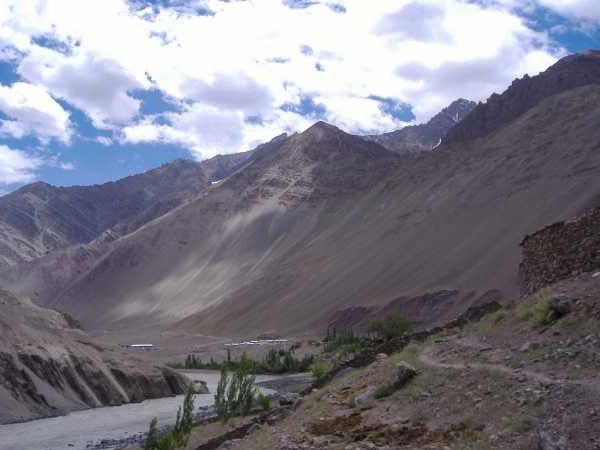
Alchi
Alchi is a popular place to visit in Jammu and Kashmir. Standing on the banks of the Indus River, this village is located at a distance of about 60 km from Leh, at the centre of the Himalayan region. The village is known for an ancient monastery with the same name.
Photo Courtesy: Davin7
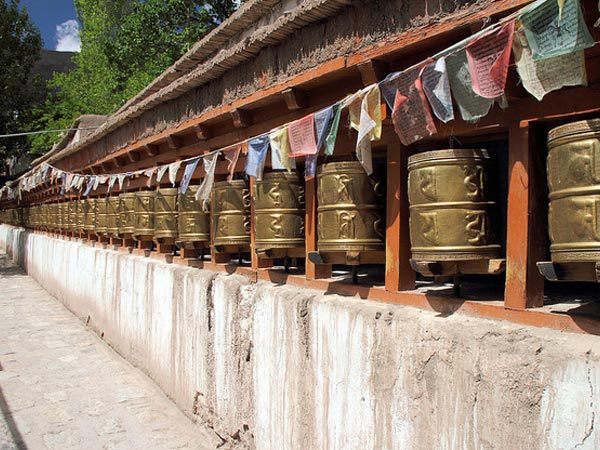
Alchi Monastery
Alchi Monastery, situated in the village of Alchi, is one of the oldest monasteries. Also, known as Alchi Choskhor and Alchi Gompa, it is situated on the banks of the River Indus. One of the most significant features of this monastery is that it is built on flat ground. The monastery complex comprises of three major temples namely, Du-khang, Sum-Tsek and the Temple of Manjushri. Chortens or Stupas at the entrance of the monastery is also an important structure there. Presently, the monks of the Likir Monastery look after this gompa.Photography is prohibited here and, visitors are required to carry flash-lights or torches as the monastery has not yet been electrified.
Photo Courtesy: Fulvio Spada
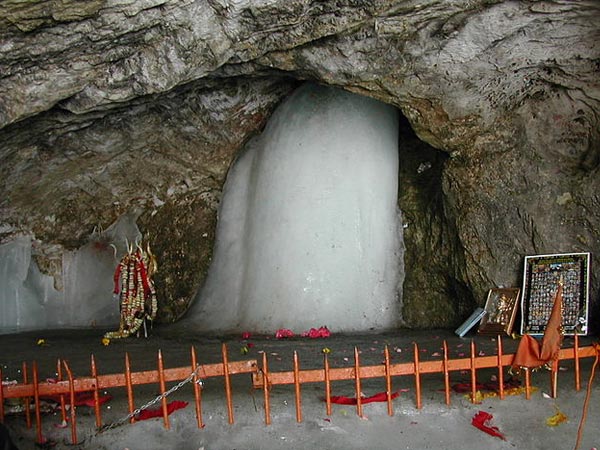
Amarnath
Amarnath, situated at a distance of around 145 km from Srinagar, is considered to be one of the major pilgrimage sites of India. It is popular among the devotees of Shiva, the Hindu god of destruction, with a naturally formed ice 'Shivlinga', a symbol of the deity, as its major attraction. The pilgrimage site received its name from the Hindi words 'amar', which stands for immortal, and 'nath' which stands for god. The Shesnag Lake is another popular attraction of Amarnath. It lies 27 km away from Pahalgam. This lake is situated at a height of approximately 3,658 mt above sea level due to which it remains covered in ice till June.
Photo Courtesy: Gktambe
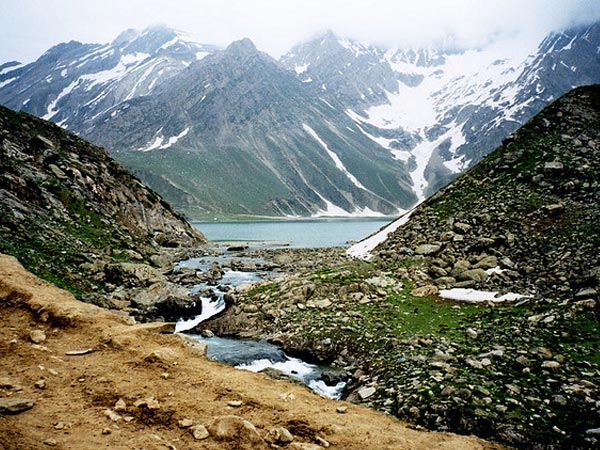
Sheshnag Lake
Sheshnag Lake is situated at a distance of around 27 km from Pahalgam and is a top place to visit in Jammu and Kashmir. It derives its name from the seven-headed serpent king of the Hindu mythology, Seshnag, owing to the fact that it is surrounded by seven peaks. Travellers have to undertake a two day long hike from Pahalgam in order to reach the destination. The lake remains covered in ice throughout the winter till the month of June. Thousands of devotees visit this site during the summer season while on their trip to the Amarnath Cave. Sheshnag Lake is perfect for tourists looking forward to some camping.
Photo Courtesy: Nitin Badhwar
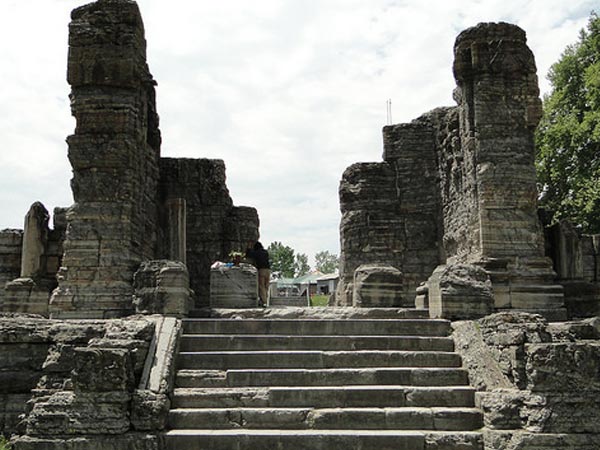
Anantnag
Anantnag District, known as the commercial capital of Jammu and Kashmir, is located in the south-western part of the Kashmir valley. Anantnag district has derived its name from the popular folklore according to which Lord Shiva discarded all his valuables while on his way to the Amarnath Cave. The place where he dropped numerous snakes has been named as Anantnag. Tourists can visit the Martand Sun Temple that is located at a distance of 9 km from the destination.
Photo Courtesy: Ankur P
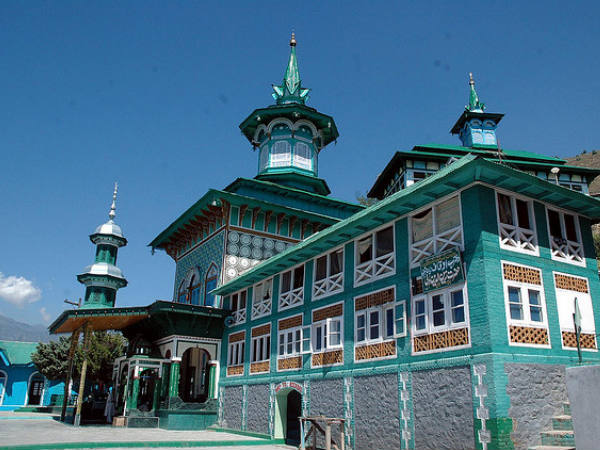
Aishmuqam
Aishmuqam is situated on a small hill at a distance of 86 km from Srinagar. It is a shrine built in honour of Baba Zaina-ud-din Wali, a renowned Sufi saint who is also known as ‘Zaino Shah Sahib'. The shrine houses the main sanctorum, deep inside the cave and ‘The Rod of Staff' of the Prophet has been kept inside the room. Every year, in the month of April, the week long Zool festival is organized at Aishmuqam.
Photo Courtesy: Rituparno Sen
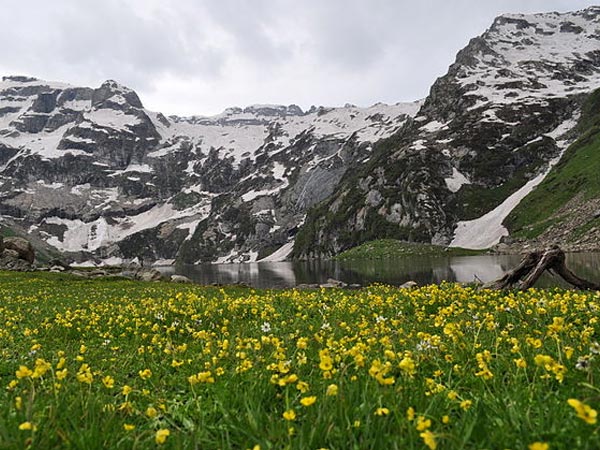
Baramulla
Baramulla is situated to the south of the town of Kupwara and north of Pooch and Budgam with Srinagar and Ladakh bordering its eastern side. Baramulla is popular among tourists for its gurudwaras, temples, monasteries, and shrines.
Photo Courtesy: Aehsaan
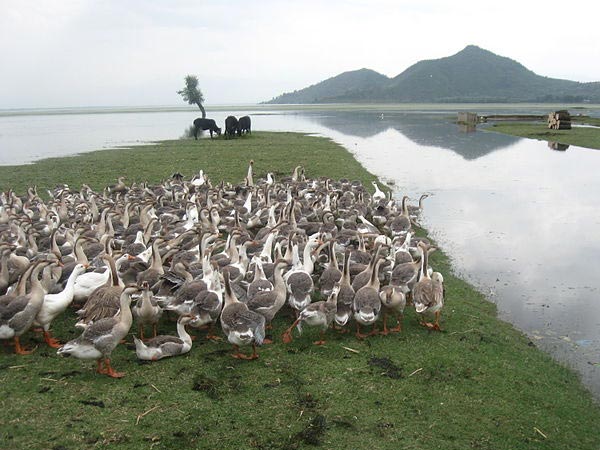
Wular Lake
Wular Lake, located at the base of Haramuk Mountain, has been declared as one of the largest fresh water lakes in Asia. This lake is known among people as an ideal sunset point. The Jhelum River is the prime source of water for this lake. A small island named ‘Zaina Lank', built by King Zainul-Abi-Din sits in the middle of it. Wular Lake is considered to be the remainder of the Satisar Lake, which according to the Kashmiri epic Nilmathpurna existed during ancient times.
Photo Courtesy: Maxx786
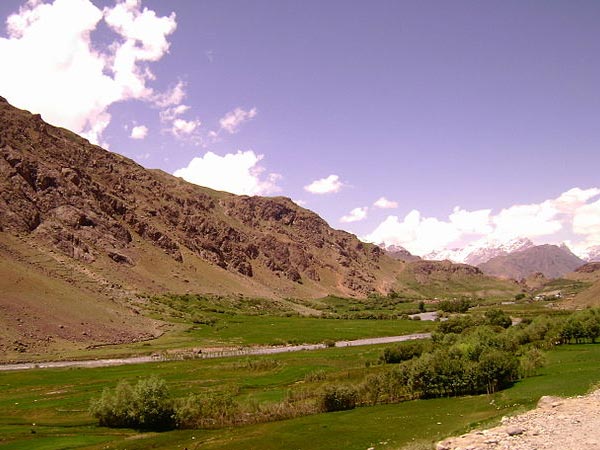
Dras
Dras, also known as ‘The Gateway to Ladakh', is a place to visit in the Kargil District of Jammu and Kashmir. Dras is popular among tourists due to its rugged landscape that enables one to indulge in adventure-based activities. Travellers planning to explore Dras can undertake trekking at Suru Valley that is located in the vicinity of the town. Moreover, travellers can choose the trek route to Amarnath Cave which would require people to cross a 5,200 mt high pass.
Photo Courtesy:
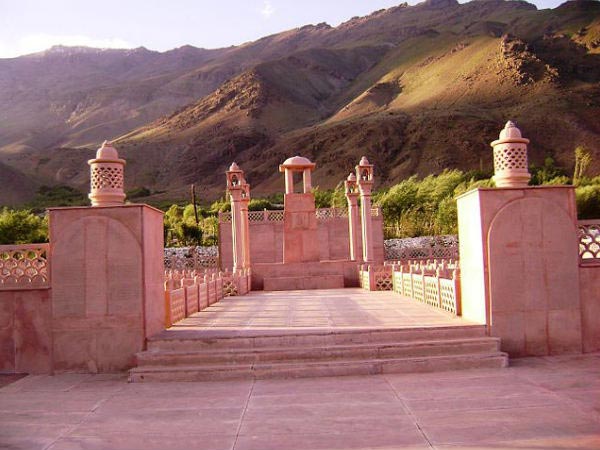
Dras War Memorial
Dras War Memorial, otherwise known as Bimbat War Memorial, is the prime attraction of the town of Dras. The memorial, located about 5 km from the city centre across the Tiger Hill, commemorates the martyrs of the Kargil War. A poem by Harivansh Rai Bachchan is inscribed on the gateway of the memorial and greets visitors. The names of the soldiers who lost their lives in the War are inscribed on the Memorial Wall and can be read by visitors.
Photo Courtesy: Rohan
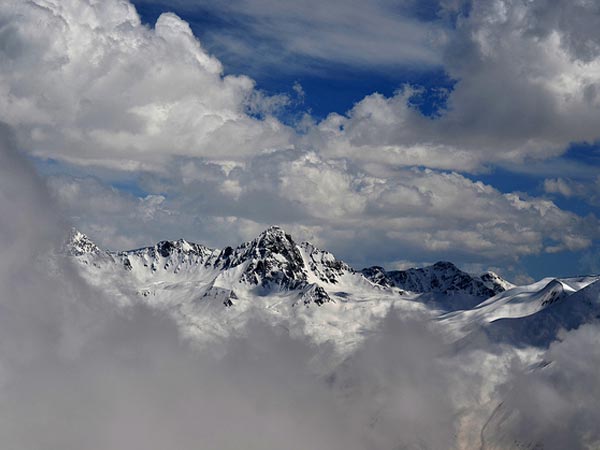
Gulmarg
Gulmarg, situated at an altitude of 2,730 mt in the Baramulla district is a must visit place in Jammu and Kashmir. Tourists must visit the Ningle Nallah, a stream originating from the melting snow of the Apharwat peak. The ‘Outer Circle Walk' of Kashmir Valley comes highly recommended to tourists. During the walk, visitors can enjoy the natural beauty of the place and the magnificent view of the fourth highest peak in the world, the Nanga Parbat, standing tall at 8,500 mt.
Photo Courtesy: Abhishek Shirali
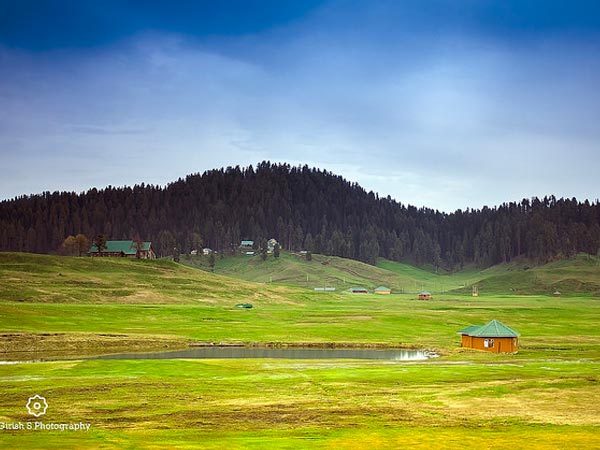
Ningle Nallah
Ningle Nallah, located at a distance of 10 km from Gulmarg, is a beautiful stream that receives its water from the melting ice of the Apharwat peak and the Alpather Lake during summers. The stream eventually merges into the Jhelum River near Sopore. The grassy pastures of the region attract families with children looking to spend quality time. Meadows of blooming flowers, pine trees, and the snow capped mountains make for a beautiful sight.
Photo Courtesy: Girish Suryawanshi
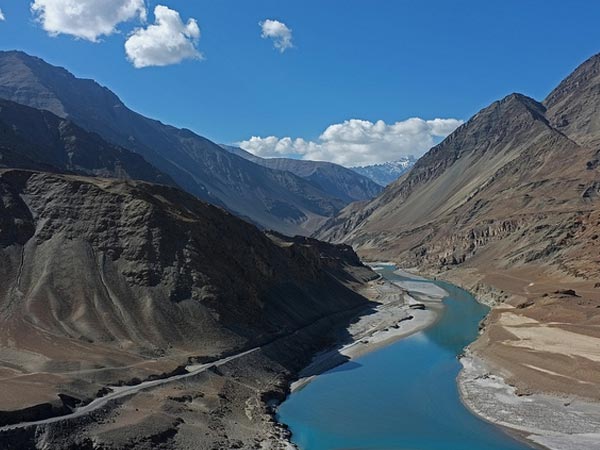
Ladakh
Ladakh, situated on the banks of the Indus River, is a famous place to visit in Jammu and Kashmir. It is also known as 'the last Shangri La', 'Little Tibet', 'the Moon Land', or 'The Broken Moon'. Beautiful lakes and Monasteries, mesmerising landscapes, and mountain peaks are some of the attractive features of this place. Buddhism being the dominant religion of the region, monasteries or gompas are a major feature in Ladakh's list of attractions.
Photo Courtesy: tiendat dinh
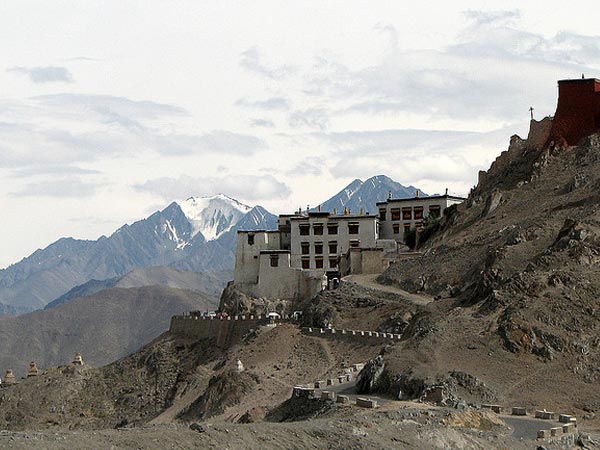
Shey Gompa
Shey Gompa is situated at a distance of 15 km from the southern part of Leh. A large copper and gilded gold statue of a seated Buddha, considered to be the second biggest statue in the region of Ladakh, is enshrined inside this Gompa. Although currently in a ruined state, Shey was considered the summer capital of Ladakh in earlier times. Visitors and devotees come here to pay respect to Buddha and to admire the statue.
Photo Courtesy: Karunakar Rayker
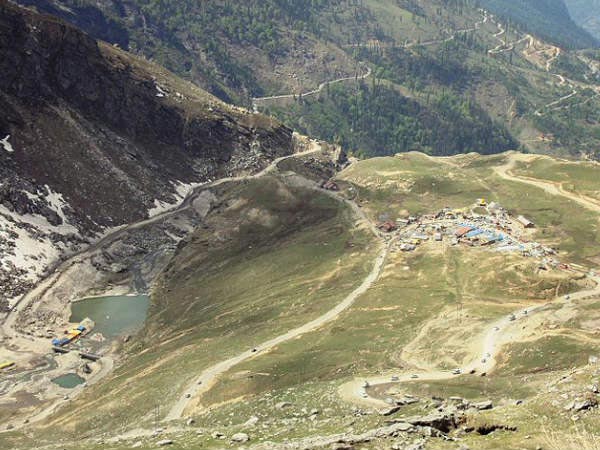
Leh
The city of Leh is situated between Karakoram and the Himalayan ranges, on the banks of the Indus River. The scenic beauty of the place attracts tourists from far-flung areas all the year round. Adventure enthusiasts can take up trekking in the different regions of Leh such as the rugged Himalayan terrains where they can enjoy the natural beauty of the place.
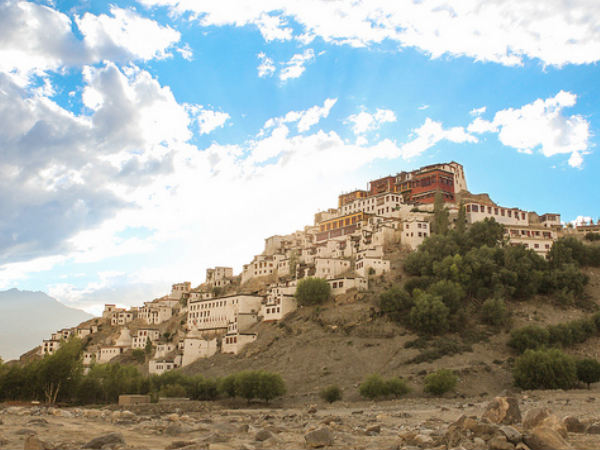
Thiskey Monastery
Thiksey Monastery is situated at a distance of 19 km from the east of Leh and displays impressive architectural styles of the medieval era. It is one of the largest Monasteries of the region and is 12 storeys tall. Beautiful wall paintings, stupas, statues, swords, and thangkas can be seen inside the Gompa. Also present in the monastery is a huge pillar engraved with the Buddha's teachings and ideas for development the society.
Photo Courtesy: Ritesh Niranjan
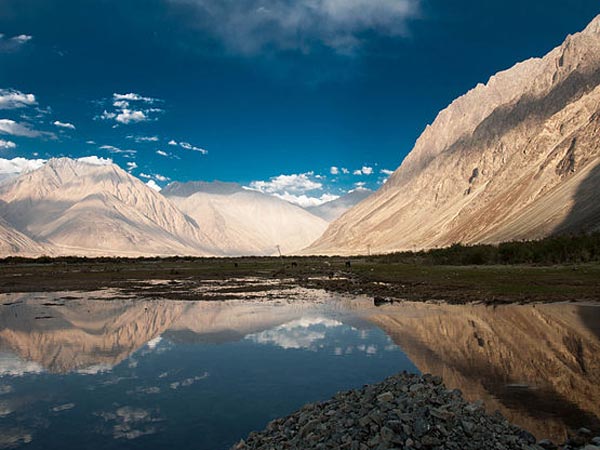
Nubra Valley
Nubra Valley is a tri-armed valley located to the north east of Ladakh. The Shyok River meets the Nubra or Siachan River to form a large valley that separates the Ladakh and Karakoram Ranges. Siachen Glacier lies to the north of the valley. The Sasser Pass and the famous Karakoram Pass lie to the northwest of the valley and connect Nubra with Uyghur. It is a paradise for trekkers and also for photographers.
Photo Courtesy: vaidyanathan
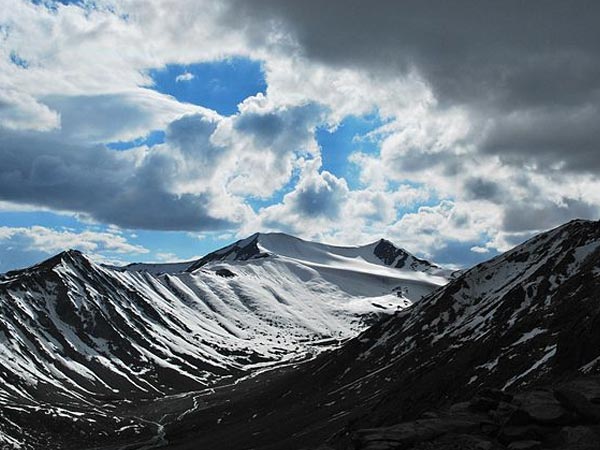
Khardung La Pass
Khardung La Pass is the only route for tourists to reach the Nubra Valley. The Pass, other wise known as K-Top, stand for the ‘Pass of Lower Castle'. Standing at a height of 18,380 ft, Khardung La has been declared as the highest motor-able road in the world. The Border Road Organisation is given the responsibility for the maintenance of the Khardung La Pass. While travelling through this pass, tourists can enjoy the beautiful view of the Karakoram and Ladakh range that lie to its north and south respectively.
Photo Courtesy:
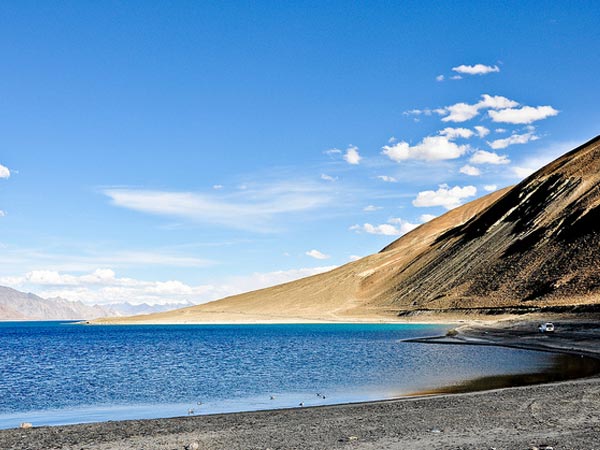
Pangong
Pangong Tso, also known as Pangong Lake, is situated in the district of Leh of Jammu and Kashmir, and is a must visit place for all coming here. Despite being a salt-water lake, Pangong completely freezes during winters. The water of the lake being brackish allows for very low micro-vegetation and minimal aquatic life. Only a few species of perennial herbs and shrubs are found in the swampland around the lake.
Photo Courtesy: Praveen
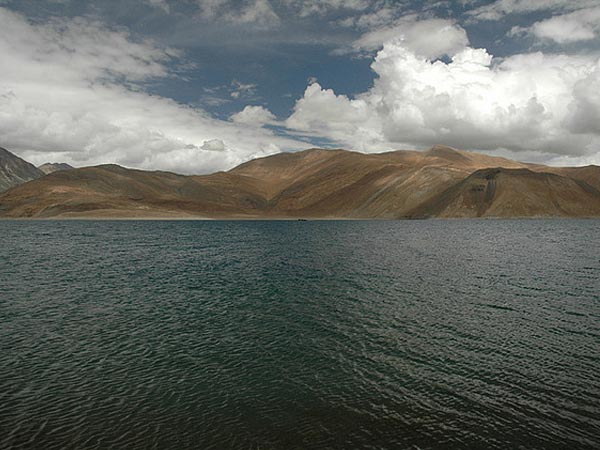
Pangong Lake
Pangong Lake, also known as Pangong Tso, rests at an elevation of 4,350 mt above sea level. The length of the lake stretches over 134 km and the width over 5 km. Birdwatchers can spend their time at this lake spotting avian species such as bar-headed geese, Siberian crane, and waterfowls in this region. During winters, the lake completely freezes over, despite being saline.
Photo Courtesy: Koshy Koshy



 Click it and Unblock the Notifications
Click it and Unblock the Notifications























